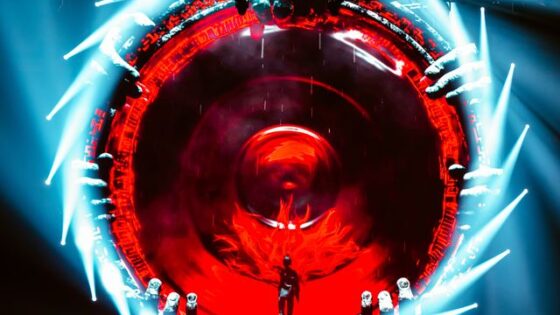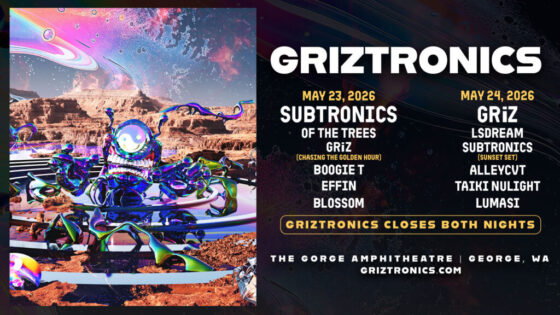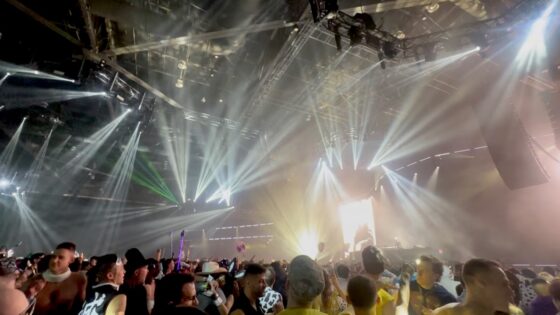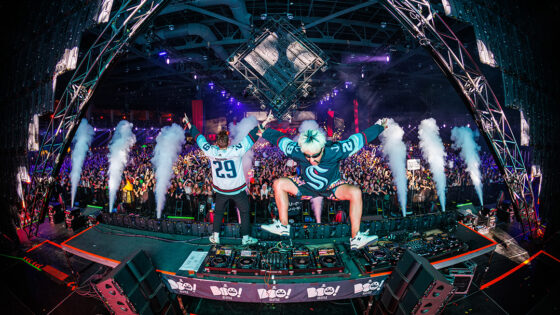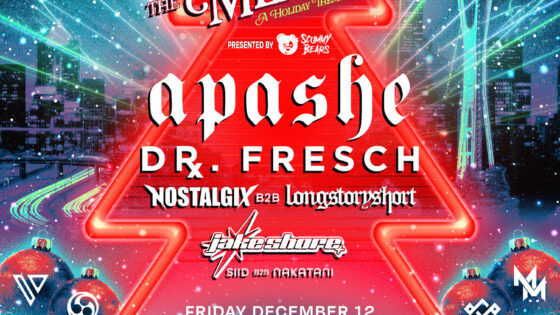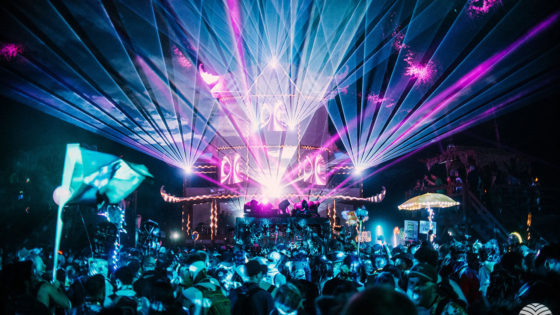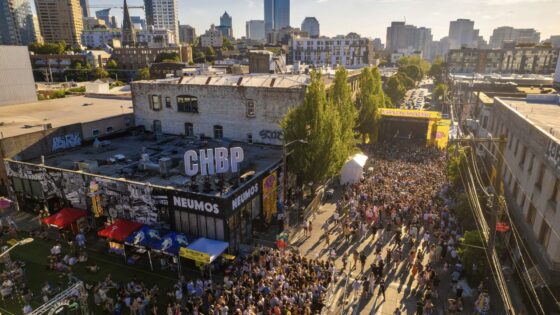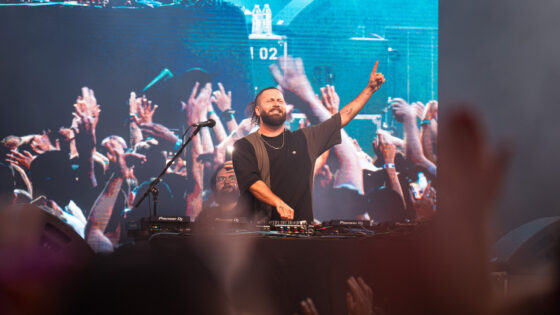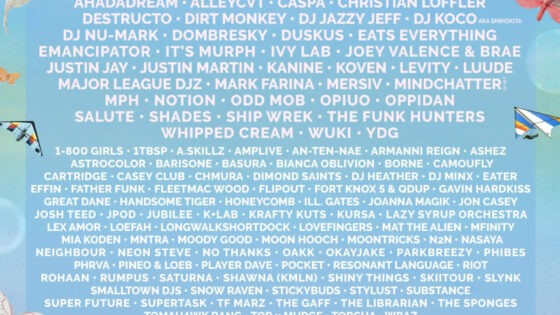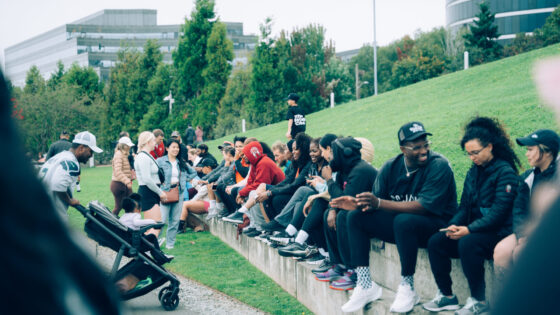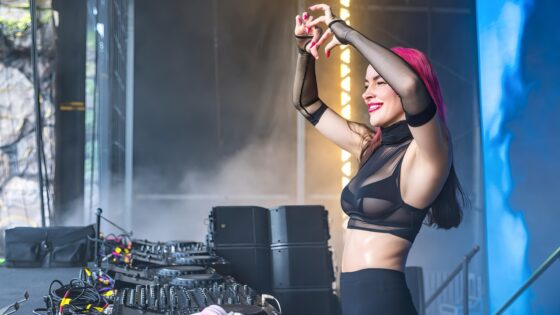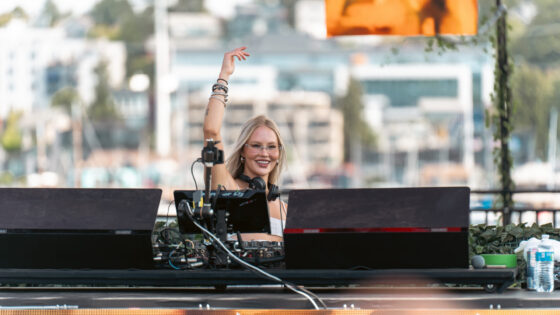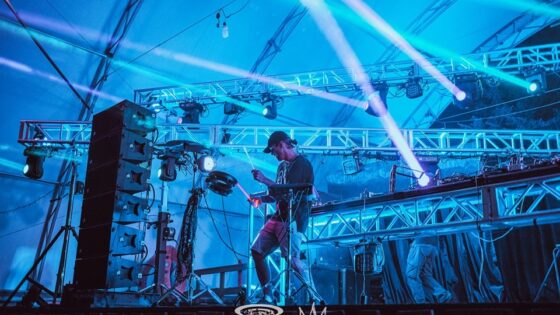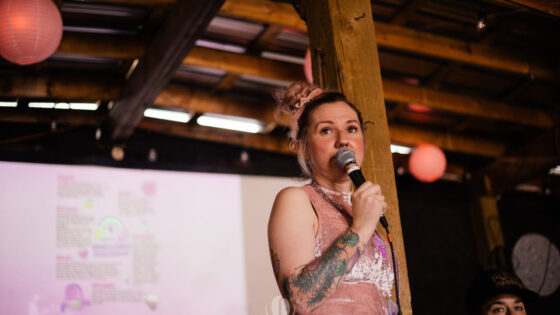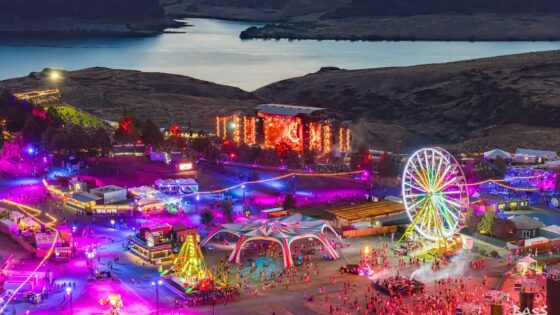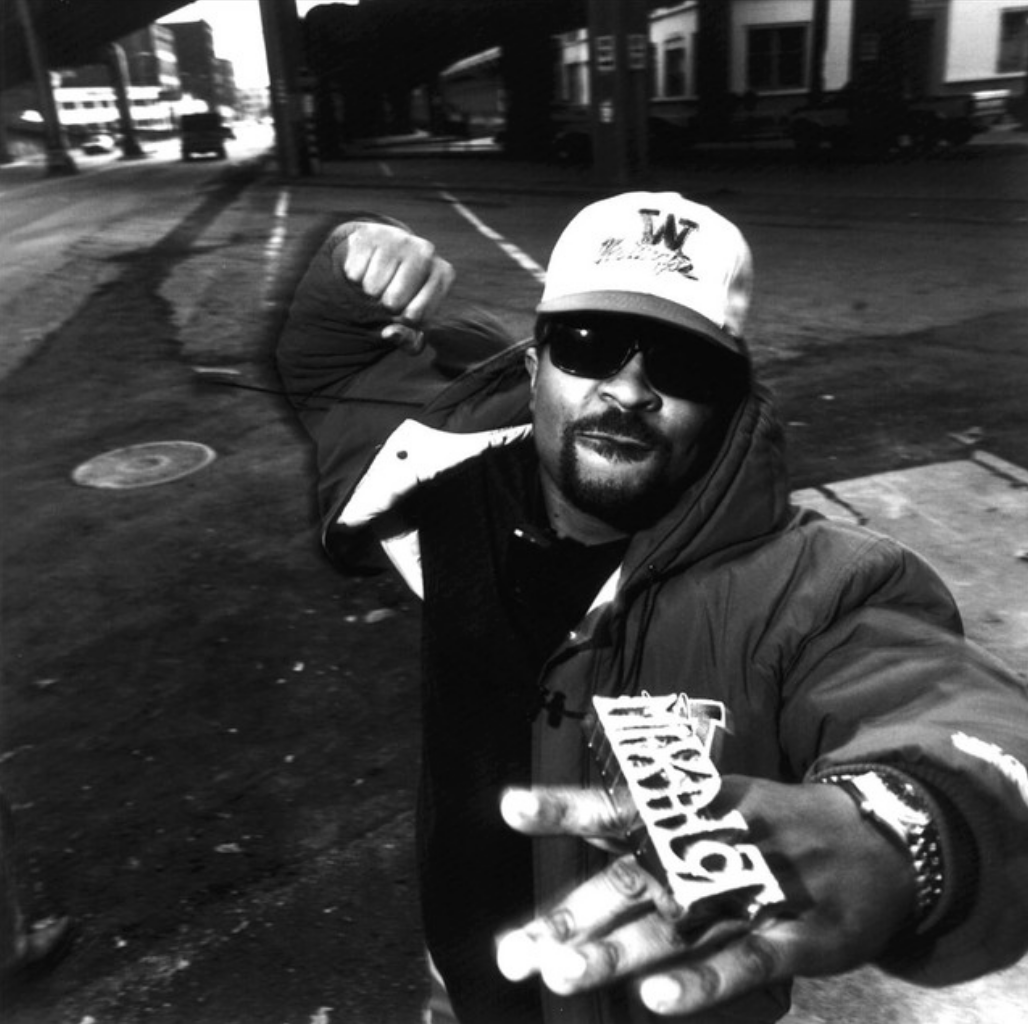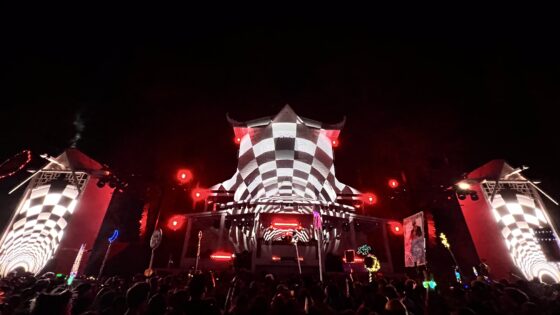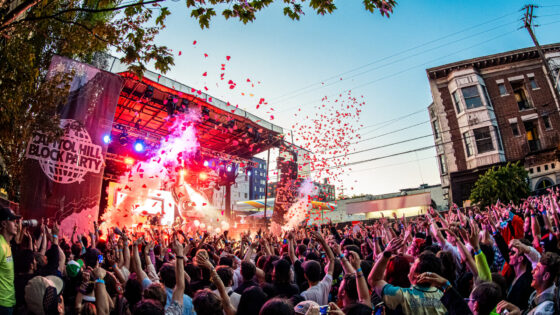With new fans falling in love with Electronic Dance Music every day, it’s important to periodically turn back time. Understanding the broader history of EDM allows better understanding and appreciation of the scene today. We definitely encourage readers to explore this broader history! But today ladies and gents, we’re focusing on the local legends that shaped Pacific Northwest EDM.
From its rhythmic roots in Jamaica and Africa, to early electronic music in Germany or jazz culture in the United States, the history of electronic dance music sprawls across the globe. Worldwide innovations and cultural shifts paved the way for EDM to explode in popularity in the early 21st century.
In the Pacific Northwest, fans and musicians responded to this global pulse. Despite a heavy local preference for Rock & Roll that nearly choked out underground techniques, local bands employed genre-bending experimentation. Today we recognize some of these history-defining creatives.
To start, let’s take it all the way back to the 1940s, when early genres of dance music flourished right here in the PNW.
Early dance scenes: R&B and jazz
From 1931 to 1968 a mystical dance club, The Spanish Castle, offered music, dancing, and booze for Seattle and Tacoma residents. This was no small feat, considering the club opened in an era of prohibition and public dancing regulations. Its off-the-beaten-path location made it a perfect getaway, especially during the turbulent years of WWII.
Jimi Hendrix frequented The Spanish Castle throughout his youth. The guitar virtuoso was born in Seattle in 1942. At the Castle, Hendrix ambitiously trolled for stage time, asking bands if he could play along.
“Well, Jimmy would come out to the Spanish Castle and would bring his Gibson amplifier with him. And, people were always blowing amplifiers [back] then. And bands would only carry one or two amplifiers. So one night, I forget who was playing — I think it was the Checkmates who blew their amp — and Jimmy’s deal was: It was his amp: He got to play on stage. So, he’s on the side of the stage and he played his axe” (O’Day Interview)
What does this have to do with EDM? Throughout his career, Hendrix popularized the electric guitar. He pushed the instrument to creative heights, playing with distortion effects and feedback to achieve more emotional sounds.
His first studio album, Are You Experienced?, highlighted what’s known as the power-trio: electric guitar, drums, and bass. Listening to tracks such as Manic Depression, its easy to see how R&B breaks lead to the development of DnB.
At the same time, Seattle boasted a lively jazz scene. Ray “The Genius” Charles moved to Seattle in 1948.
A vibrant jazz scene had sprung up in Pioneer Square and in the Central Area, nurtured by a wartime influx of African Americans drawn by jobs in Puget Sound shipyards. There were more than 30 nightclubs in the area around Jackson Street, open all hours of the day and night. The competition for jobs in the clubs was fierce, Charles told jazz historian Paul de Barros. “Many cats had just left the armed-forces bands — and don’t think those outfits couldn’t play,” he said. (de Barros, 151)
Ray Charles crossed paths with local up-and-coming jazz stars such as singer Ernestine Anderson. Through thick and thin, Seattle’s jazz culture has remained strong thanks to this stalwart foundation of the 40s and 50s. In the 90s and early 2000s, we’ll see this subculture of the PNW crossing paths with hip hop to give birth to avant guard EDM.
Important things happen in Pacific Northwest nightlife, and DMNW will send you alerts!

